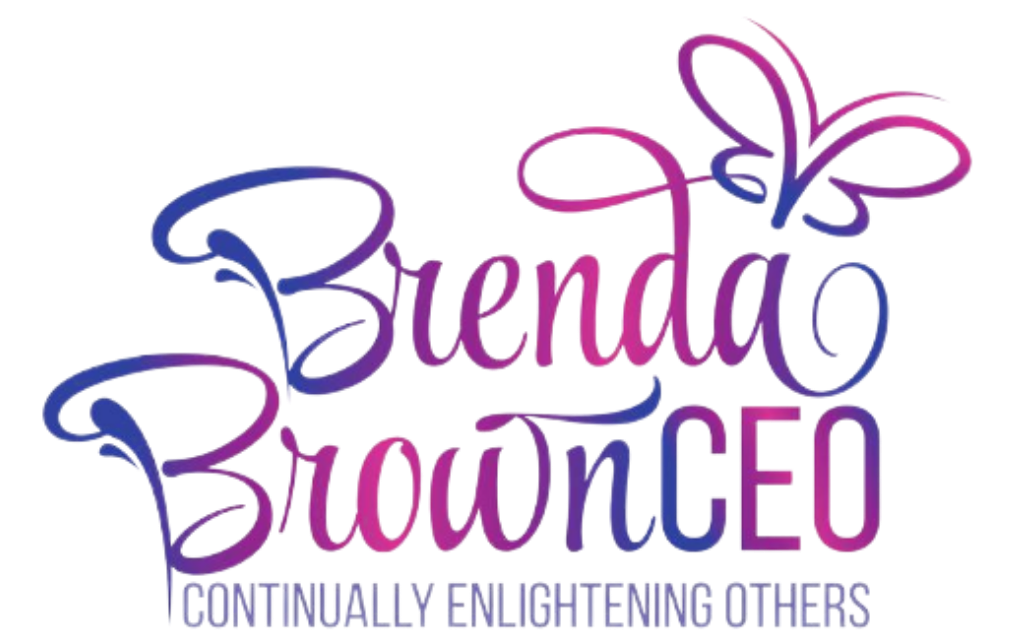
Today, there seems to be a clear movement in viewing leadership and leadership development not only in terms of leader attributes, skills and traits. Lately, competencies (or requirements) seem to be the center of focus.
In other organizations, leadership competencies have even become the core dimension of leadership development activities.
Competencies
Recently, a 2002 study found that leading-edge companies define leadership by a set of competencies. These are now used to guide leadership development at all levels.
By the same token, a majority of organizations have, on their own, identified and defined the characteristics and qualities of successful leaders.
The question now at hand is this: How then are competencies used in a most effective way in leadership development?
Strategies and business models
In the past, leadership development programs that were put into action had not been very successful in bringing profound changes. This brought a change in perspective among those who implemented them.
Organizations began to develop leaders and leadership competencies that matched and were specific to their particular business challenges and goals. Leadership competencies were then fitted to a best-practice organization’s particular strategy and its business model.
Individual application
Needless to say, this particular perspective had also been implemented and brought to the individual level. This is in answer to the argument that it is not likely for all leaders to possess the same set of competencies to make themselves or the organization a success.
The new perspective is this: Leaders should not be accountable for their particular set of behaviors. Rather, they are to be held responsible only for the desired outcomes.
Beyond competencies
This new perspective goes beyond competencies. The competencies have a tendency to focus on what needs to be fixed rather than attention on the whole person.
In addition, focus is also placed on people’s strengths and natural abilities, and not just on competencies that can sometimes border on the eccentric. Today, development is viewed as leveraging your strengths and minimizing the impact of weaknesses.
Health and leadership
Well-being and individual health at work are also brought out as issues of growing interest and attention, including their relevance to leadership. One question is the relentless stress of constant change and competition in the workplace.
Managing stress and personal styles in avoiding burn-outs are also becoming additional factors to integrate in leadership development. One known factor is that leadership effectiveness is correlated with better health and exercising.
Work and family
Another challenge for leadership development that veers away from standard competencies is the competing demands of career and personal/family life. It had also been recognized that a person’s work and personal life have mutual effects on each other.
At present, there is a need to understand which factors about organizational life are challenged by the concept of work/life integration. There is also a need to pinpoint organizational changes to make way for greater work/life integration.
Leadership effectiveness
So far, the effectiveness of individual leaders is enhanced when they manage multiple roles at home. In leadership development, it is imperative that we continue to learn not just more about organizational benefits but also the benefits a person brings to family and the community as well.

"This is the exact info I personally used to grow a 6-figure network marketing business before I was 28 years old and fire my boss… without cold calling or bugging friends & family... and I'd like to show it to you as well!"













